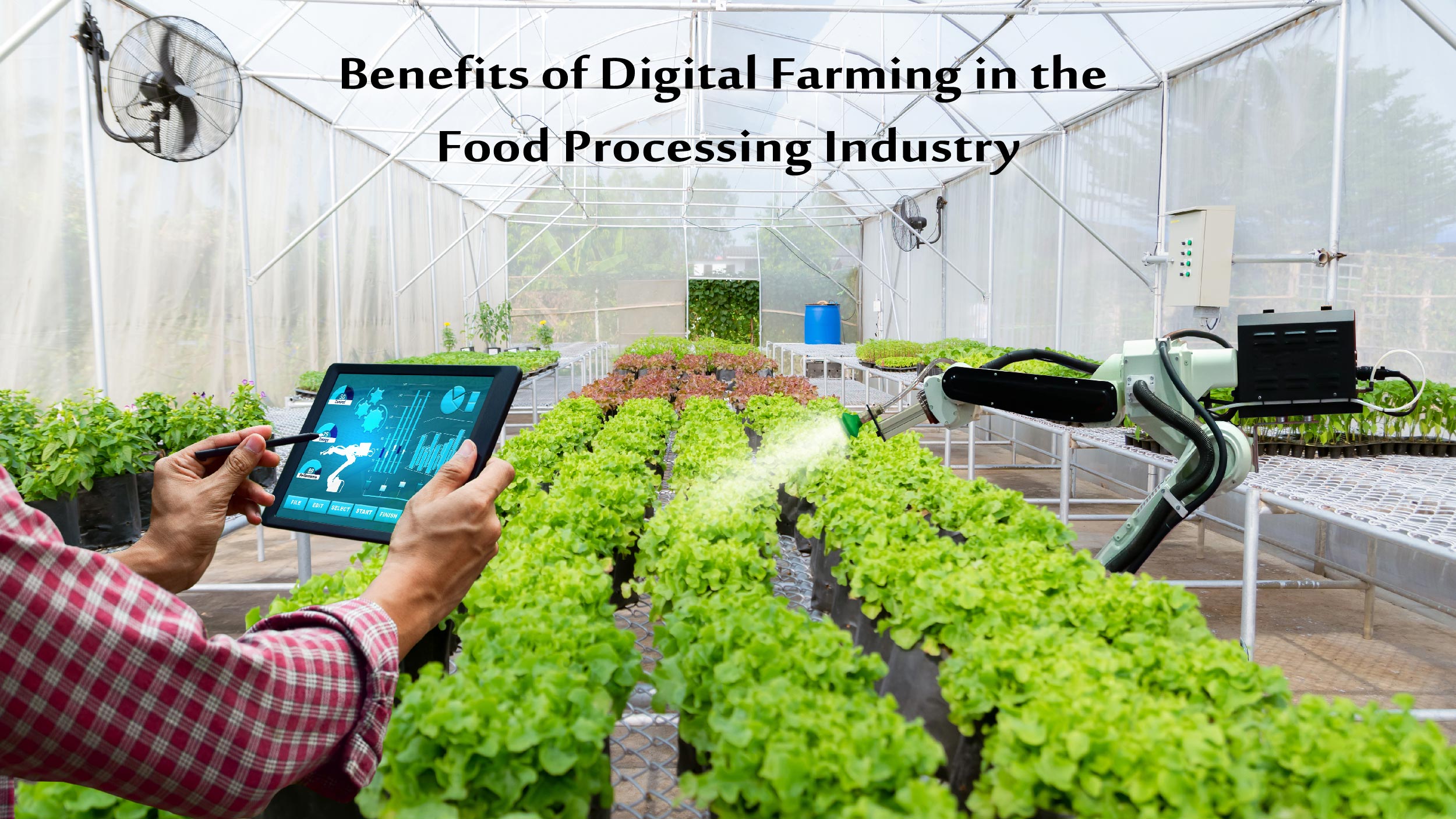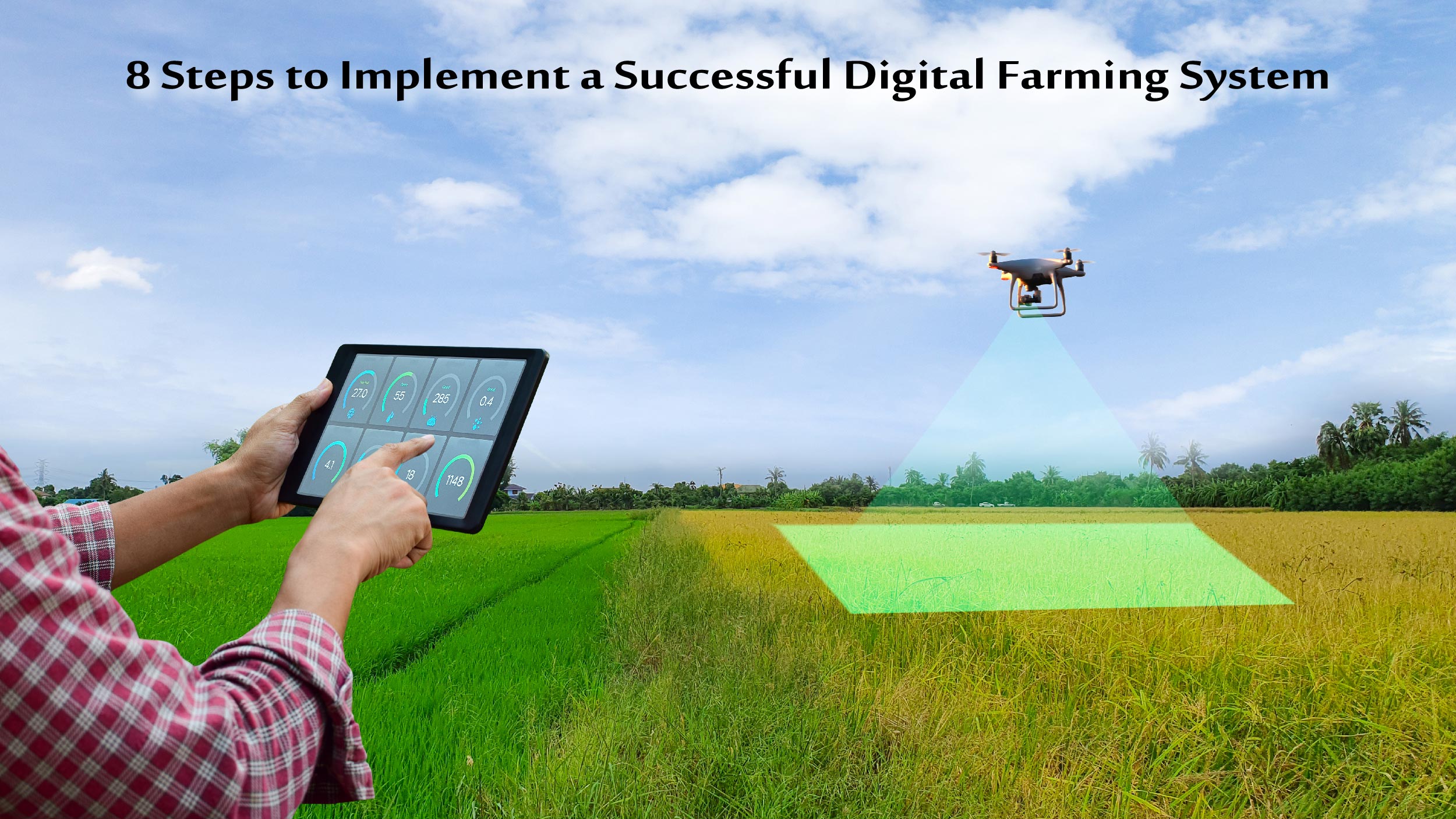In recent years, the agricultural industry has witnessed a significant shift toward digital farming. This innovative approach leverages technology and data to optimize farming practices, increase productivity, and maximize yields. If you’re interested in the realm of digital farming, this comprehensive step-by-step guide will provide you with the necessary insights and tips to get started.
What is Digital Farming?
Digital farming, also known as digital agriculture or smart farming, entails the utilization of technology and data-driven solutions to optimize agricultural practices and enhance farming outcomes. This approach integrates computers, electronic devices, sensors, and advanced technologies into a cohesive system, aiming to boost productivity, efficiency, and sustainability in agriculture.
In its essence, digital agriculture relies on data collection, analysis, and automation to facilitate informed decision-making and optimize various facets of farming operations. This technology enables farmers to monitor and manage critical parameters such as soil moisture, temperature, nutrient levels, and crop health in real time. Leveraging this data, farmers can make precise interventions, allocate resources efficiently, and minimize waste in their agricultural practices.
Benefits of Digital Farming in the Food Processing Industry
 Digital farming solutions bring numerous advantages to the food processing industry, providing end-to-end solutions from farm to fork. Some key benefits include:
Digital farming solutions bring numerous advantages to the food processing industry, providing end-to-end solutions from farm to fork. Some key benefits include:
- Optimized Inputs and Constant Monitoring: Digital agriculture optimizes inputs such as water, fertilizers, and pesticides, leading to higher yields. The constant monitoring of these inputs ensures that resources are applied precisely, maximizing efficiency in agricultural practices.
- Improved Quality and Compliance: Compliance with food standards and rigorous nutrition tracking ensures better-quality produce. Digital farming allows for the meticulous monitoring of factors influencing crop quality, contributing to the production of food that meets industry standards and consumer expectations.
- Reduced Waste and Lower Production Costs: Customized farming practices, enabled by digital solutions, minimize waste by precisely applying resources where needed. This targeted approach not only reduces environmental impact but also lowers production costs by optimizing the use of inputs.
- Enhanced Supply Chain Management: Digital farming facilitates seamless supply chain management from the farm to the fork. Real-time data on crop growth, harvests, and quality parameters enable efficient planning and logistics. This contributes to a more agile and responsive supply chain, reducing delays and ensuring fresher products reach consumers.
Also Read : Procurement Software: A Beginner’s Guide to Optimization
8 Steps to Implement a Successful Digital Farming System

Here is a step-by-step guide to help you implement effective digital farming solutions:
- Define Your Goals and Research
Before delving into smart farming, clarify your goals and understand your farm’s specific needs. Identify areas for improvement, such as crop yield, resource management, or pest control. Conduct comprehensive research on available digital farming systems and learn from the success stories of other farmers who have embraced these solutions.
- Assess Your Farm’s Digital Readiness
Evaluate your farm’s existing infrastructure and its readiness for digital agriculture. Reliable internet connectivity is crucial for data collection and communication with digital tools. Consider investing in hardware like sensors, drones, and weather stations to capture accurate data for analysis.
- Plan and Implement Data Collection Systems
Design a system for collecting relevant data aligned with your goals, incorporating tools like soil moisture sensors, satellite imagery, or crop health monitoring devices. Ensure proper installation and calibration for accurate and reliable data capture.
- Embrace Precision Agriculture Techniques
Utilize data-driven insights to make informed decisions about resource allocation, irrigation, fertilization, and pest management. Leverage geographic information systems (GIS) for field mapping and identify specific areas that need attention. Implement variable rate technology to optimize resource utilization and minimize waste.
- Explore Remote Monitoring and Automation
Integrate smart devices and IoT technology for remote monitoring, reducing the need for manual labor and enhancing efficiency. Automate irrigation, nutrient delivery, and pest control based on real-time data analysis. This streamlines operations, saving time and labor while ensuring precise interventions.
- Implement Data Analytics and Decision Support Systems
Maximize collected data by implementing advanced analytics and decision support systems. Utilize tools and software to measure and interpret parameters such as crop growth, soil fertility, and weather patterns. Employ machine learning algorithms to identify patterns and predict future outcomes, aiding informed decision-making.
- Collaborate and Share Knowledge
Engage with fellow farmers, experts, and technology providers to exchange ideas, experiences, and best practices. Participate in forums, workshops, and conferences to stay updated regarding the latest digital farming systems. Collaborate with research institutions and universities to contribute to this evolving field.
- Ensure Data Security and Privacy
Prioritize data security and privacy due to heavy reliance on data collection and storage. Implement robust cybersecurity measures, including regular software and firmware updates, encrypted connections, and restricted access for authorized personnel. Comply with local data protection regulations to maintain trust and integrity.
What is the Application of Digital Farming?
Digital farming has numerous applications that leverage technology and data-driven solutions to optimize agricultural practices. Precision agriculture techniques allow for data-driven decisions on resource allocation, irrigation, fertilization, and pest management. Data analysis and decision support systems provide insights into crop growth, soil fertility, and weather patterns. Remote monitoring and automation enable farmers to monitor parameters like soil moisture, temperature, and crop health, and automate irrigation and pest control. Digital agriculture also facilitates financial and field-level records management, data-driven insights, and transformative changes in farming. These applications contribute to improved efficiency, sustainability, and productivity in agriculture.
Final Takeaway
Digital farming has the potential to revolutionize agriculture by optimizing farming practices and increasing yields. Define your goals, assess your farm’s readiness, implement data collection systems, embrace precision agriculture techniques, explore remote monitoring and automation, utilize data analytics, collaborate, ensure data security, and continuously evaluate and adapt. By integrating technology and data into your farming practices, you can unlock new levels of efficiency, sustainability, and profitability. Embrace the smart farming revolution and witness the transformation of your farm.




